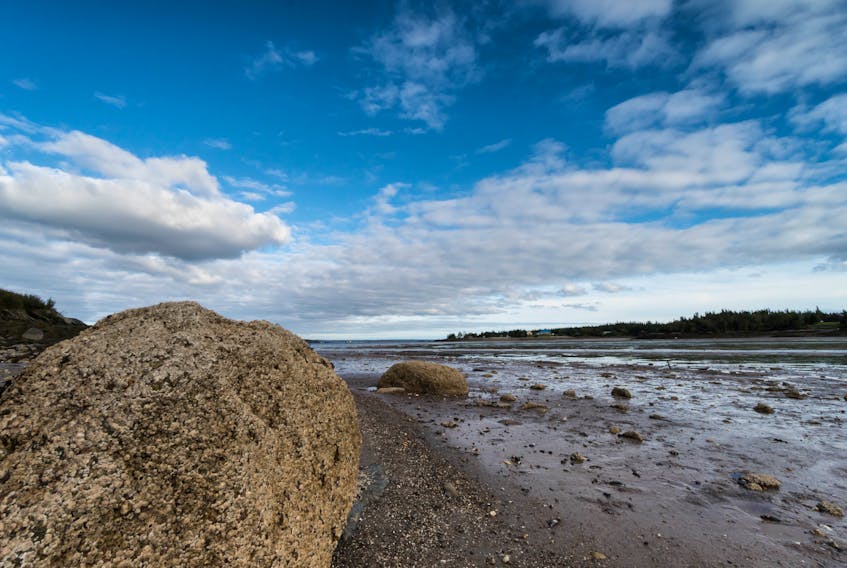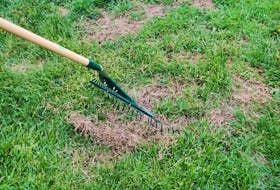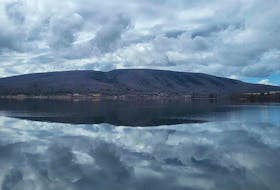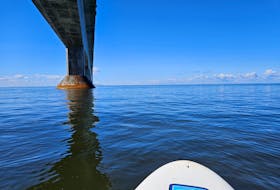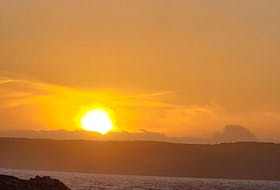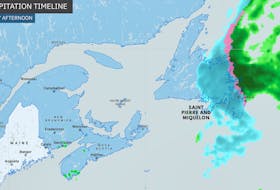We are surrounded by water.

Generations of Atlantic Canadians have fished in it, played in it and admired it, but I wonder how much thought we’ve given to the moon’s influence on it?
Of course, we know about the tides: they come and go four times a day, but is there more?
The other day, a viewer called to ask about tides. He said he heard someone say that the spring tides had nothing to do with the spring season.
That sounds silly, but it’s absolutely true. The term refers to the action of the seas springing out and then springing back. A spring tide is a tide during which the difference between high and low tide is the greatest. We’ve come to know that this happens during the full moon phase, but did you know that it happens during the new moon too?
Spring tides occur when the moon is either full or new because the sun, the moon, and the Earth are aligned. When this is the case, their collective gravitational pull on the Earth's water is strengthened. Higher tides occur during these moon phases because the sun also exerts a gravitational pull on our oceans, although it is only 46 per cent as strong as the moon’s
A week later, during either of the two quarter moon phases, when the sun and moon are at right angles to each other and their tidal influences partially cancel each other out,
“neap” tides occur, and the tidal range is minimal.
The highest high tide and the lowest low tide do not happen on the date of the full or new moon. Because the oceans take a bit of time to catch up to the geometry of the moon, spring and neap tides usually occur about a day after the respective lunar cycles.
This month's new moon phase is May 15, so we can expect spring tides May 16 and 17.
- Want more weather information? Visit WeatherByDay.ca
- Have a weather question, photo or drawing to share with Cindy Day? Email [email protected]
Cindy Day is the chief meteorologist for SaltWire Network.

